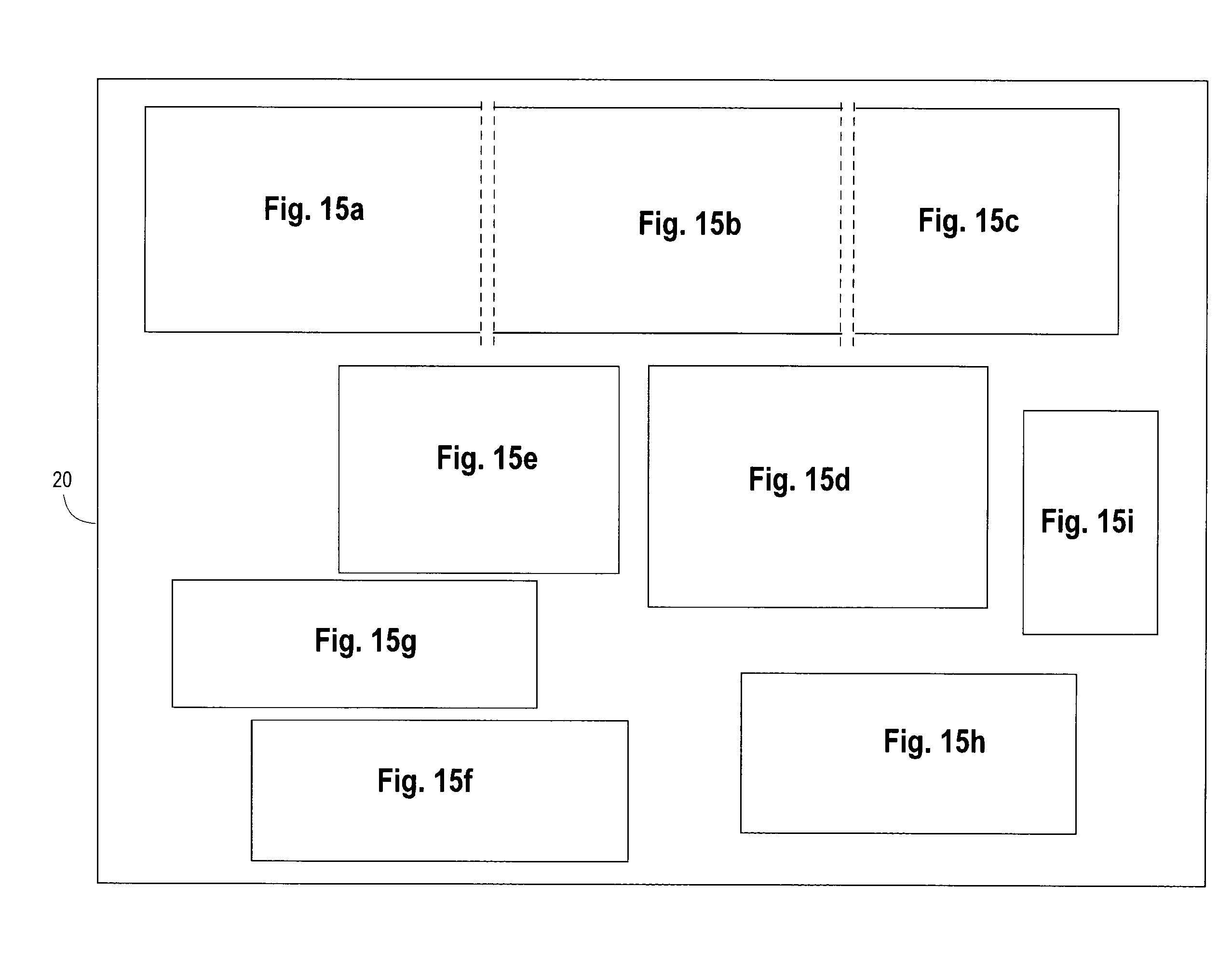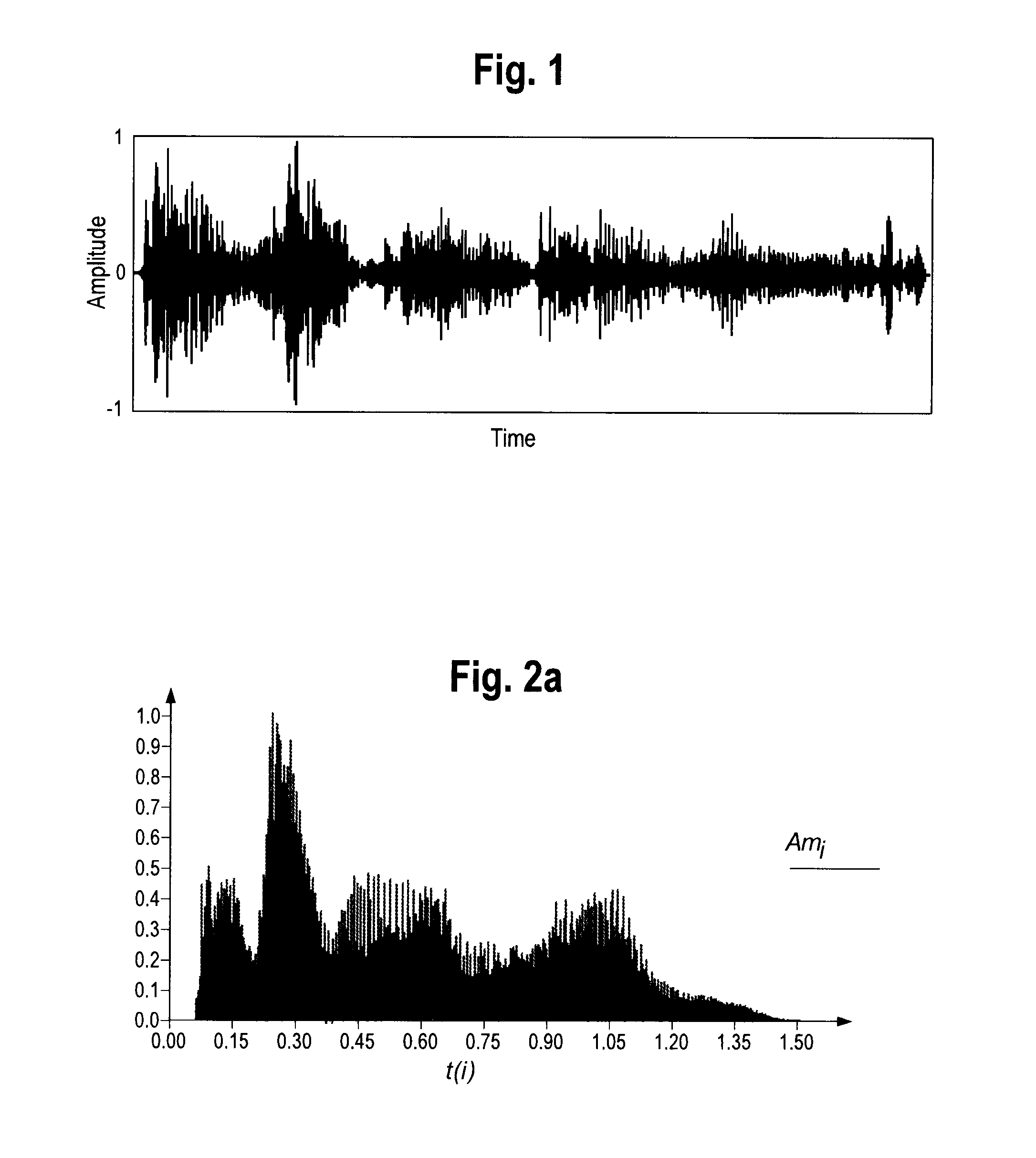Hybrid Power Supply Unit For Audio Amplifier
a hybrid power supply and audio amplifier technology, applied in the direction of emergency power supply arrangements, low frequency amplifiers, transportation and packaging, etc., can solve the problems of low power supply average power level, poor suitability of power supply of existing art, cost and efficiency, etc., to reduce the physical size of the audio amplifier, reduce the size of the power supply unit, and high energy density of the battery stack
- Summary
- Abstract
- Description
- Claims
- Application Information
AI Technical Summary
Benefits of technology
Problems solved by technology
Method used
Image
Examples
Embodiment Construction
[0060]Set forth below is a description of what is currently believed to be the preferred embodiment or best examples of the invention claimed. Future and present alternatives and modifications to this preferred embodiment are contemplated. Any alternatives or modifications which make insubstantial changes in function, in purpose, in structure or in result are intended to be covered by the claims in this patent.
[0061]As seen in FIG. 1-5, the present disclosure involves a method and system for providing a hybrid power supply unit (i.e., battery plus main, plug-in power source) to an audio amplifier system. This process, as shown in FIG. 1, involves supporting a music signal, which appears as a complex and continuously varying AC waveform. As shown in FIG. 2a, the relative voltage amplitude of even a short (1.5 second) music sample can vary wildly. Accordingly, as shown in FIG. 2b, the relative audio power requirements for such a sample must vary even more dramatically, as the signal p...
PUM
 Login to View More
Login to View More Abstract
Description
Claims
Application Information
 Login to View More
Login to View More - R&D
- Intellectual Property
- Life Sciences
- Materials
- Tech Scout
- Unparalleled Data Quality
- Higher Quality Content
- 60% Fewer Hallucinations
Browse by: Latest US Patents, China's latest patents, Technical Efficacy Thesaurus, Application Domain, Technology Topic, Popular Technical Reports.
© 2025 PatSnap. All rights reserved.Legal|Privacy policy|Modern Slavery Act Transparency Statement|Sitemap|About US| Contact US: help@patsnap.com



